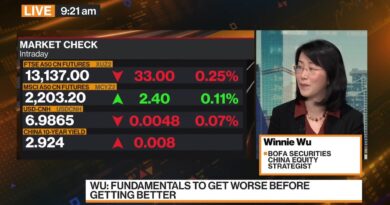Tesla’s Q3 earnings indicate maturing US EV market
Sandeep Rao takes a deep dive into Tesla’s latest results and their reflection on the wider EV segment
Tesla’s Q3 earnings release has a number of encouraging trends: across nine months of the current financial year (FY), total production and deliveries are well near par to the entire previous FY. While FY 2021 was a stalwart year where the company’s net income grew 555% over the past year, total revenue had grown by only 71%. In the past nine months of the current FY, net income is a little over half of what the company had over the entire past FY despite total revenue comfortably running above par.
Cost of revenue for the current FY to date is already on par with the past year while operating expenses aren’t far behind. While total vehicle deliveries are consistently rising, free cash flow has been in decline over the past four quarters—essentially a reversal of long-term trends. Over the past four quarters, net income has declined while the trend of consistently rising EBITDA lies broken. The company also indicated that its year-on-year (YoY) revenue growth is diving relative to that of the auto industry, which has been rising for six quarters now.
The Cybertruck launch has entailed hefty costs
Rising costs could be attributed to two factors. Firstly, the battle to continue pushing up delivery volumes via aggressive discounting while input costs are rising is straining the company’s bottom line: the automotive business has accounted for nearly 95% of its revenue since 2020. The second factor could be the costs involved in the launch of the Cybertruck, with an annual production capacity planned to be north 125,000 vehicles annually in its pilot run.
The Cybertruck’s pricing is proximate to the Model 3, which is likely a welcome development for the company: the “cheaper” Model 3/Y’s are selling like hot cakes, with current production and delivery trends likely to close out the year at volumes well higher than the past FY. In contrast, the higher-priced (and estimably higher-margin) Model S/X is running at par with past year’s production and below last year’s deliveries. This is largely due to Tesla’s erosion of market share in the “premium EV’ segment in recent years: as of Q3 this year, BMW, Mercedes and VW had witnessed over 265%, 145% and 338% growth in YoY sales. Tesla’s market share is down from nearly 65% in 2022 to about 50% as of Q3 this year.
The battle to continue pushing up delivery volumes via aggressive discounting while input costs are rising is straining the company’s bottom line
Tesla isn’t unique; it’s a challenge to have a “basic” and “premium” model under the same marque. Nearly every major carmaker has (or attempts to) build out a separate marque for the “premium” buyer segment. If Tesla does this too, this would mean the company’s deepening commitment to being in the “premium” space. While net auto sales are declining in the YTD, EVs—which tend to be relatively higher-priced—have seen a net increase YoY. Tesla’s loss in momentum in the “premium” space is a harbinger of things to come in the “basic” space, with numerous brands poised to grow and give battle. Overall, it’s a net positive for the American EV industry: electric cars are no longer the “future”.
The opinions expressed here are those of the author and do not necessarily reflect the positions of Automotive World Ltd.
Sandeep Rao is Head of Research at Leverage Shares
The Automotive World Comment column is open to automotive industry decision makers and influencers. If you would like to contribute a Comment article, please contact editorial@automotiveworld.com




